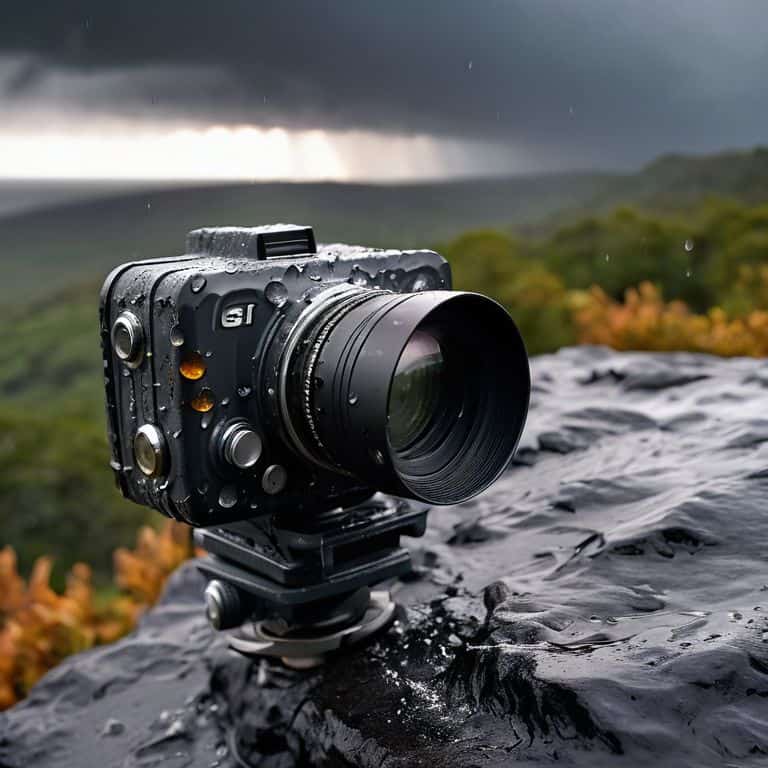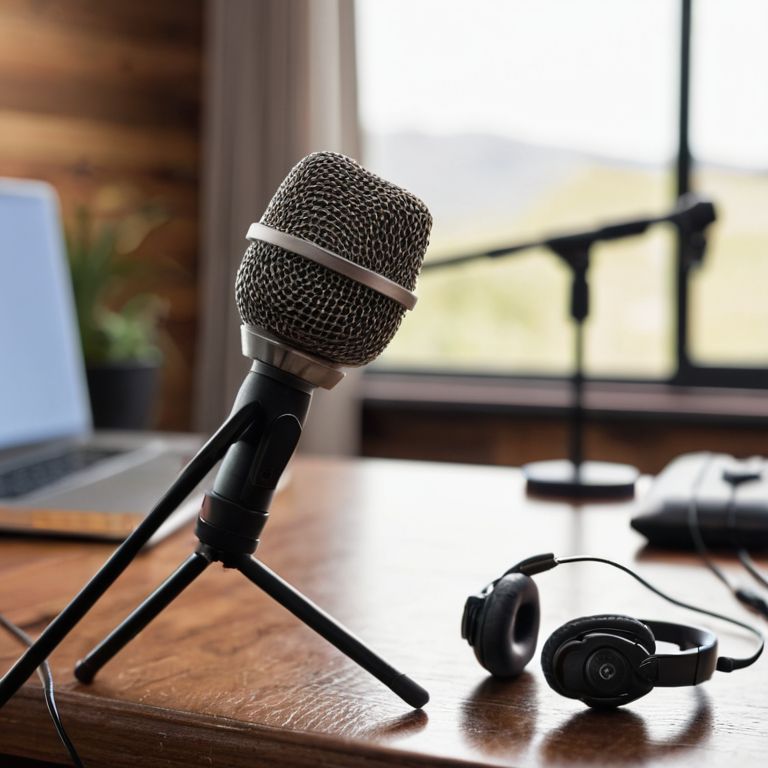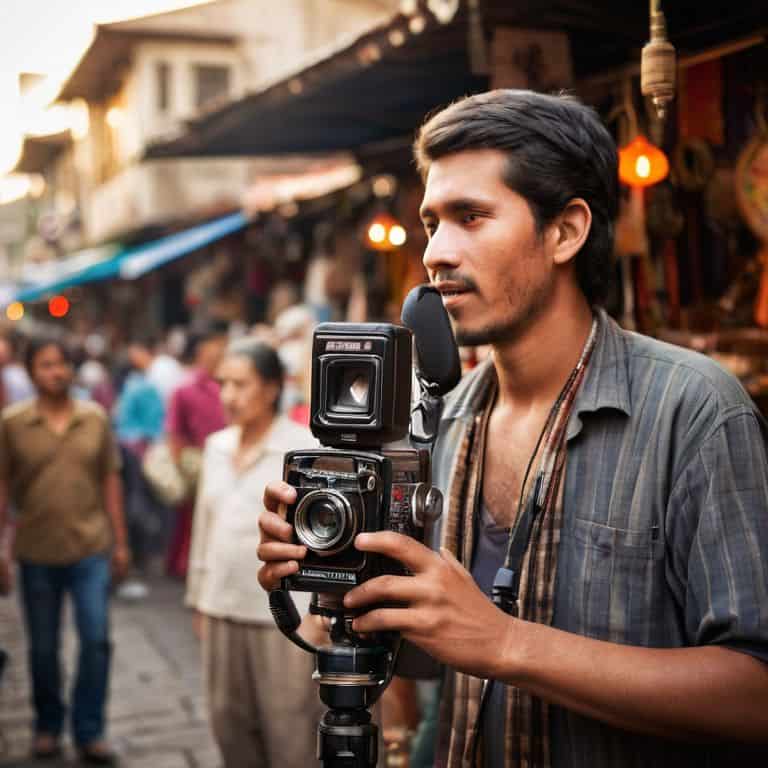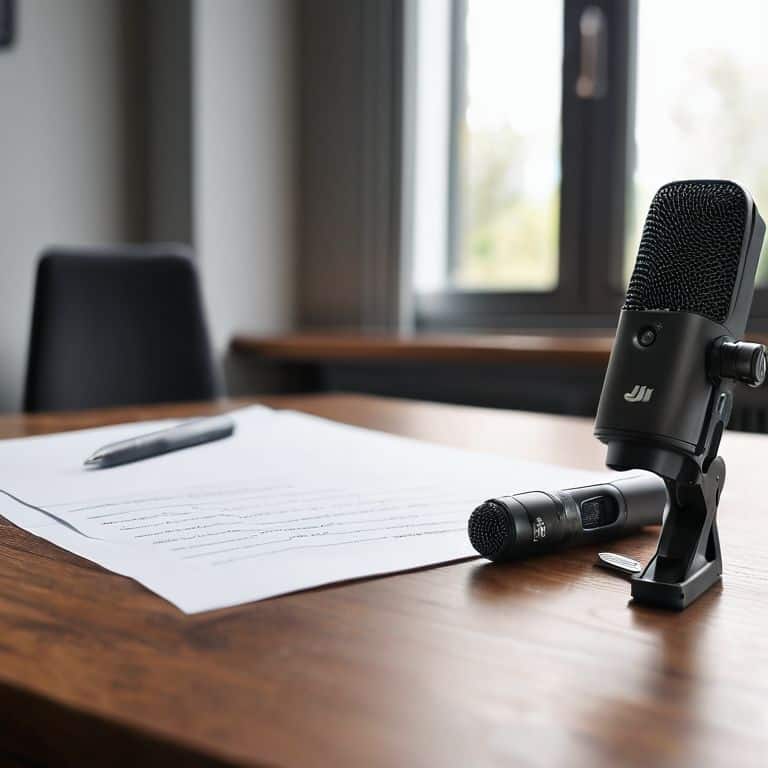I still remember the time I trashed my camera in a sudden downpour in the mountains. It was a hard lesson in how to protect your camera in extreme weather, one that I’ve never forgotten. As a travel videographer, I’ve had my fair share of close calls with my gear, but that incident taught me the importance of being prepared for any situation. Whether you’re a seasoned photographer or an enthusiast, you know that the great outdoors can be unforgiving, and your camera equipment is no exception.
In this article, I’ll share my no-nonsense tips on how to protect your camera in extreme weather. You won’t find any generic advice or overly complicated solutions here. Instead, I’ll give you practical advice on how to keep your camera safe and functional, even in the most challenging conditions. From waterproofing your gear to choosing the right accessories, I’ll cover it all. My goal is to help you capture stunning images and videos, without worrying about your equipment failing you. So, if you’re ready to learn how to protect your camera and take your photography to the next level, keep reading.
Table of Contents
Guide Overview: What You'll Need
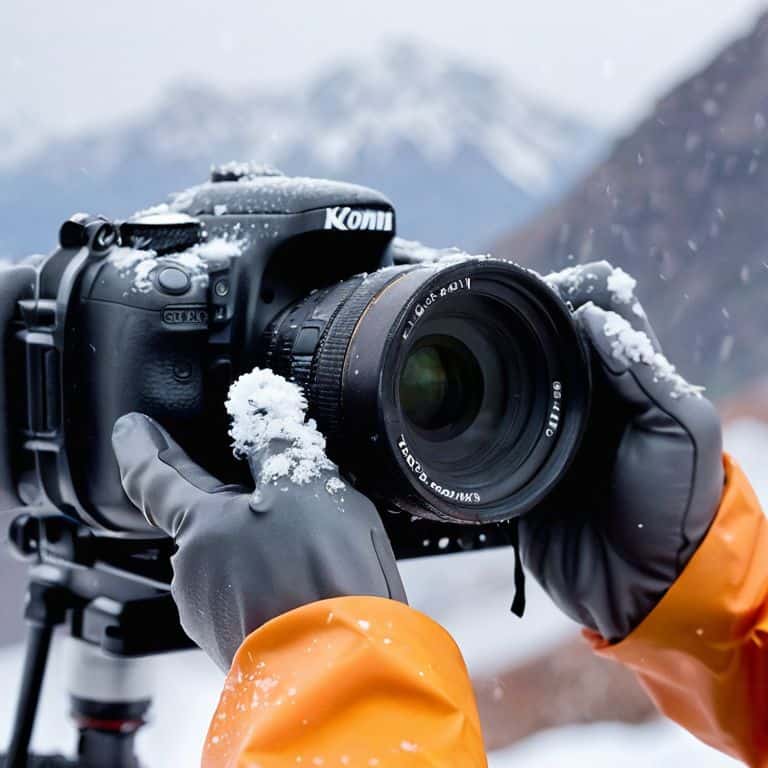
Total Time: 1 hour 15 minutes
Estimated Cost: $20 – $40
Difficulty Level: Easy
Tools Required
- Scissors (for cutting waterproof fabric)
- Hot Glue Gun (for sealing seams)
- Tape Measure (for measuring camera dimensions)
- Utility Knife (with extra blades)
Supplies & Materials
- Waterproof Camera Housing (optional)
- Plastic Bag (for makeshift protection)
- Silica Gel Packets (for humidity control)
- Waterproof Fabric (e.g., nylon or polyester)
Step-by-Step Instructions
- 1. First, assess the weather conditions before you head out to shoot. I’ve learned the hard way that it’s crucial to know what you’re up against. Check the forecast, and if it looks like it’s going to be a wet or dusty day, make sure you’re prepared with the right gear. I always carry a few extra waterproof bags with me, just in case.
- 2. Next, choose the right camera housing or casing for your equipment. I’ve had my fair share of waterproof camera housings, and I can tell you that they’re worth every penny. Look for one that’s specifically designed for your camera model, and make sure it’s rated for the kind of conditions you’ll be shooting in. Don’t be afraid to invest in a good housing – it’s better to be safe than sorry.
- 3. Now, let’s talk about lens protection. I’ve lost count of how many lenses I’ve scratched or damaged over the years, and it’s a real pain to deal with. Invest in a good quality lens filter or protector, and make sure it’s clean and free of scratches before you head out. I also always carry a microfiber cloth with me to clean my lenses on the go.
- 4. When it comes to shooting in extreme weather, battery life is crucial. There’s nothing worse than running out of power in the middle of a shoot, especially if you’re in a remote location. Make sure you’ve got spare batteries, and consider investing in a portable power bank to keep your gear charged on the go. I’ve also learned to conserve battery life by turning off unnecessary features and using manual focus instead of autofocus.
- 5. If you’re shooting in wet or humid conditions, it’s essential to dry your gear as soon as possible. I always carry a few desiccant packets with me to absorb any moisture, and I make sure to dry my camera and lenses as soon as I’m done shooting. Don’t wait until you get back to your hotel room – the sooner you dry your gear, the better.
- 6. In extreme cold or heat, temperature control is key. I’ve had my camera shut down on me due to overheating in the desert, and it’s not fun. Make sure you’ve got a way to keep your gear cool or warm, depending on the conditions. I use a reflective sun shield to keep my camera cool in the sun, and I’ve also invested in a thermal camera bag to keep my gear warm in cold conditions.
- 7. Finally, be prepared for the unexpected. I’ve had my fair share of unexpected weather events, from sudden rainstorms to dust storms. Make sure you’ve got a backup plan in place, and be prepared to adapt to changing conditions. I always carry a small first-aid kit with me, as well as a basic tool kit in case I need to make any repairs on the go. With the right gear and a bit of common sense, you can capture amazing footage even in the most extreme weather conditions.
Taming the Storm
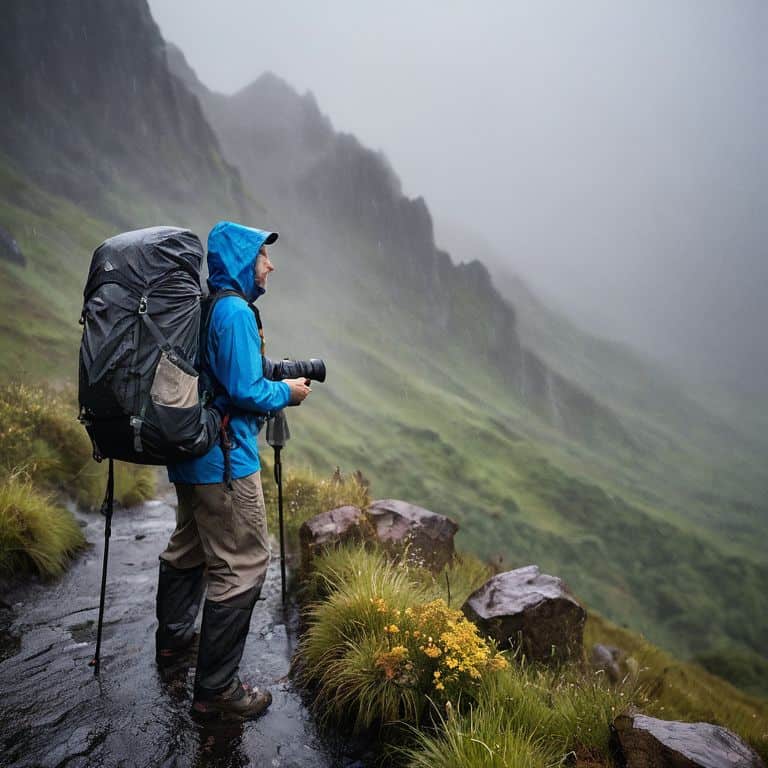
As I’ve learned from my own experiences, weather sealing camera tips are crucial when venturing into the unknown. I recall a particularly harsh storm in the mountains where my camera was exposed to heavy rain and strong winds. Luckily, I had invested in a reliable rain cover for camera equipment, which saved my gear from certain damage. This experience taught me the importance of being prepared and having the right tools to safeguard my equipment.
When it comes to protecting camera lenses from dust, I swear by a good camera case. The best camera cases for outdoor use are those that are durable, waterproof, and have a snug fit to prevent any debris from entering. I’ve tried various options, but my favorite is a hard-shell case that provides heat resistant camera gear protection. It’s a bit bulky, but it’s worth the extra space in my backpack.
In cold weather, cold weather camera battery tips are essential to keep your gear running. I’ve found that using lithium batteries and keeping them close to my body helps to maintain their performance in freezing temperatures. Additionally, I always carry spare batteries and a portable power bank to ensure I can keep shooting even in the most extreme conditions. By following these tips, you’ll be well on your way to taming the storm and capturing stunning images, no matter the weather.
Rain Covers for Camera Equipment
I swear by rain covers – they’ve saved my gear from more than a few torrential downpours. When shopping for one, look for something that’s both breathable and waterproof, like a Gore-Tex or similar material. It’s also crucial to find a cover that fits your camera snugly, without obstructing your lenses or viewfinder. I’ve had my fair share of cheap, ill-fitting covers that ended up being more hassle than help. Now, I only trust covers from brands that specialize in outdoor gear, like Think Tank or AquaTech.
Weather Sealing Secrets Revealed
When it comes to weather sealing, I’ve learned that it’s not just about slapping on a rain cover. I’ve tested my fair share of cameras in downpours and dust storms, and let me tell you, some seals are better than others. Look for cameras with built-in weather sealing, like those with IP67 ratings or higher. These can withstand being submerged in water or exposed to harsh dust and sand.
I’ve found that even with weather-sealed cameras, it’s still crucial to keep them clean and dry. A simple wipe-down with a microfiber cloth after a shoot can go a long way in maintaining the seal’s integrity. Additionally, applying a thin layer of waterproof grease to moving parts can help keep moisture out. These small habits have saved my gear more times than I can count, and I’m confident they’ll do the same for you.
Surviving the Elements: 5 Crucial Tips
- I always pack a waterproof camera housing or bag to shield my gear from heavy rain or snow, it’s a lifesaver in extreme conditions
- Before heading out, I apply a hydrophobic coating to my lenses to prevent water spots and make cleaning easier in the field
- A sturdy tripod with a wide, heavy base is essential for withstanding strong winds, and I never leave home without it
- I use desiccant packets or silica gel to keep my camera equipment dry in humid environments, it’s a simple trick that prevents moisture damage
- When shooting in extreme cold, I keep my batteries warm by storing them in a thermal pouch or my pocket to maintain their performance and longevity
Key Takeaways for Surviving Extreme Weather Photography
I’ve learned from my own mistakes that a good rain cover can be the difference between getting the shot and getting a expensive repair bill, so invest in a quality one
A waterproof camera is just the beginning – sealing all your equipment, from lenses to tripods, is crucial for withstanding the elements and capturing stunning images
Don’t underestimate the power of a simple plastic bag or wrap in a pinch – it’s saved my gear more times than I can count, and is a trick worth keeping up your sleeve for emergency situations
Tough Lessons Learned
The most important thing I’ve learned about protecting my camera in extreme weather is that it’s not just about the gear itself, but about anticipating the unexpected – a sudden downpour, a rogue wave, or a dust storm – and being prepared to act fast to save your shot, and your camera.
Rachel Bennett
Weathering the Storm: A Photographer's Triumph
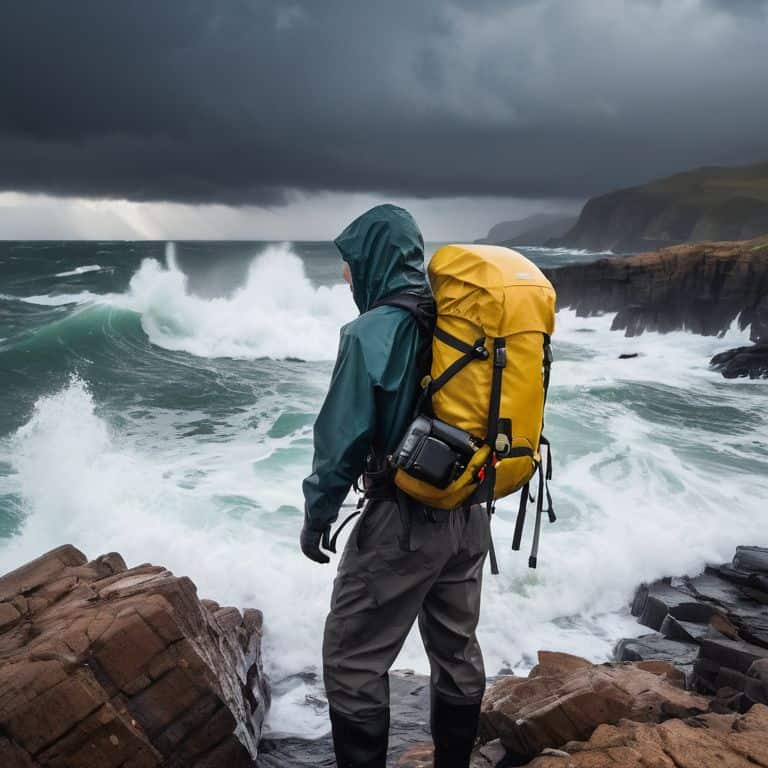
As I reflect on my journey to protect my camera in extreme weather, I’m reminded of the importance of preparation. From choosing the right gear to using rain covers and weather sealing secrets, it’s clear that a little planning can go a long way in safeguarding your equipment. I’ve learned to always test my gear before heading out, to pack smart, and to never underestimate the power of a good backup plan. By following these steps, you’ll be well on your way to capturing stunning images, even in the most unforgiving environments.
So the next time you find yourself standing at the edge of a storm, camera in hand, remember that it’s not just about the gear – it’s about the story you’re trying to tell. Don’t let a little bad weather hold you back from capturing the shot of a lifetime. With the right mindset and the right tools, you’ll be able to conquer any environment and come out with images that are truly breathtaking. Keep shooting, and never let the weather get in the way of your creative vision.
Frequently Asked Questions
What are the best materials to use for DIY rain covers if I don't have a commercial one?
I swear by plastic bags, silnylon, and even emergency blankets for DIY rain covers. They’re lightweight, compact, and get the job done. Just make sure to secure them tightly with gaffer tape or elastic bands to prevent water from seeping in. Trust me, these makeshift solutions have saved my gear more times than I can count.
How do I know if my camera's weather sealing is still intact after a rough expedition?
I always check my camera’s weather sealing after a tough trip by inspecting the seals and gaskets for any signs of damage or wear. I also look for moisture inside the lens or body, and test all the buttons and dials to ensure they’re still functioning smoothly. If in doubt, I send it in for a professional check.
Can I use any type of waterproof bag or do I need a specifically designed camera housing for extreme weather conditions?
I’ve tried using regular waterproof bags, but they often bulk up or get in the way of my shots. For extreme weather, I swear by specifically designed camera housings – they’re worth the investment for the extra protection and ease of use.




